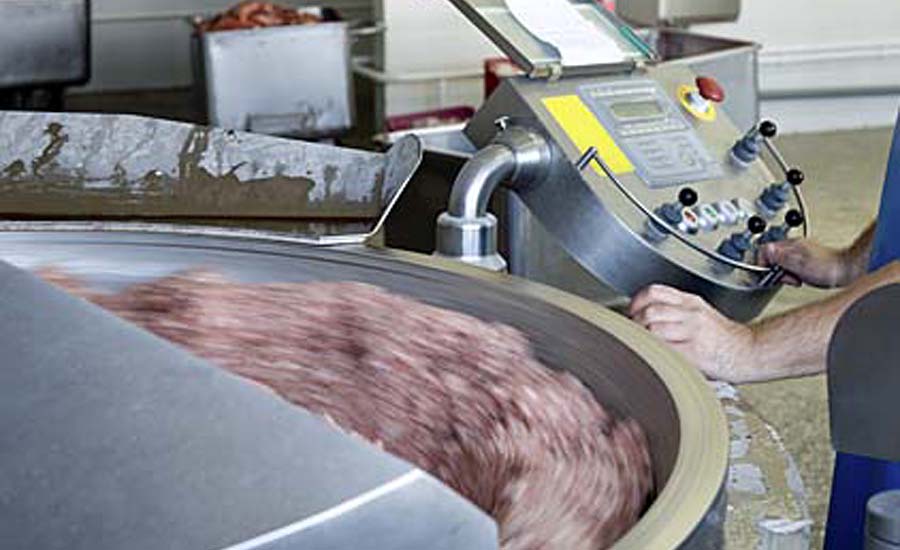The processed meat market will envisage a moderate 2.2% volume year-over-year growth in 2018 over 2017, opines a market study published by Fact.MR, Rockville, Md.
The study finds that growing meat production, increasing demand for affordable animal protein and preference for convenience are expected to provide an impetus to growth of the processed meat market. However, demand is likely to witness moderate growth, as the growing vegan trend stalls consumption.
Pork and poultry are top-selling in processed meat market
The study finds that poultry and pork are the top-selling processed meat products globally. Sufficient poultry supplies at relatively low prices and a significant rise in per-capita pork consumption in emerging nations, especially in China, are fueling demand for processed pork and poultry.
According to a report published by the United States Department of Agriculture (USDA), Washington, D.C., pork and chicken exports are likely to increase by 3% and 4% respectively in 2019, buoyed by bolstering demand in emerging nations. Robust demand for pork and chicken is expected to drive production across the globe to reach 114.6 million tons and 97.8 million tons by 2019, according to the USDA report.
Fact.MR finds that processed meat manufacturers are modifying business strategies to leverage approximately 75% market share of processed poultry meat and pork in the upcoming years.
Processed meat vs. organic processed meat
Contrary to popular belief that organic food products are healthier than their conventional variants, conventionally processed meat products are witnessing higher demand than that for organic processed meat products. According to Fact.MR, the key reasons why a majority of consumers are more inclined toward purchasing conventionally processed meat include:
- Organic meat tends to be more expensive than conventional meat.
- Nearly similar amount of contaminants found in organic and conventional processed meat drives consumers to choose an economical option.
- Conventionally processed meat is readily available in a majority of local grocery or retail stores.
- Consumers are becoming aware of the fact that organic does not mean cruelty-free.
- Growing consumer awareness about the relatively higher carbon footprint of organic processed meat.
Asian markets attract investments from leading processed meat players
According to a report published by the Food and Agriculture Organization of the United Nations (FAO), Canada, China is one of the world’s largest meat producer, and per-capita meat consumption rate has increased in key developing Asian countries. Increasing meat import demand in ASEAN countries, which is attributed to the increased domestic demand for processed meat, is expected to generate numerous lucrative opportunities for processed meat market players across the world.
This report tracks the processed meat market for the period 2018-2028 to find that it is likely to grow at over 2.6% volume CAGR through 2028.





